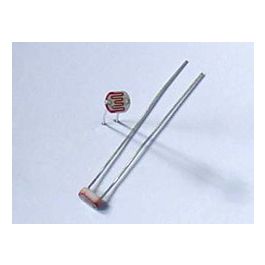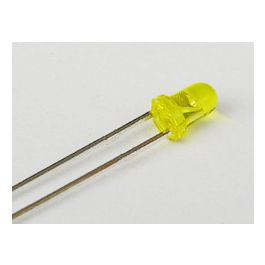Coda
Well-known member
I get the filter, but no phase. The LED blinks, but it doesn’t seem to affect the tone. However…if I have it plugged in and on, and I move my finger towards the LED, or the TL072 just above, I can create the phase effect. It sounds great if I stand there and move my finger to and away from the top-left quadrant of the PCB…but I’m afraid that will take away from my showmanship, what having to stand there and manually create the effect…




